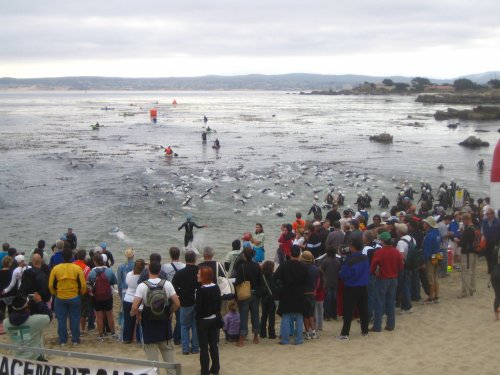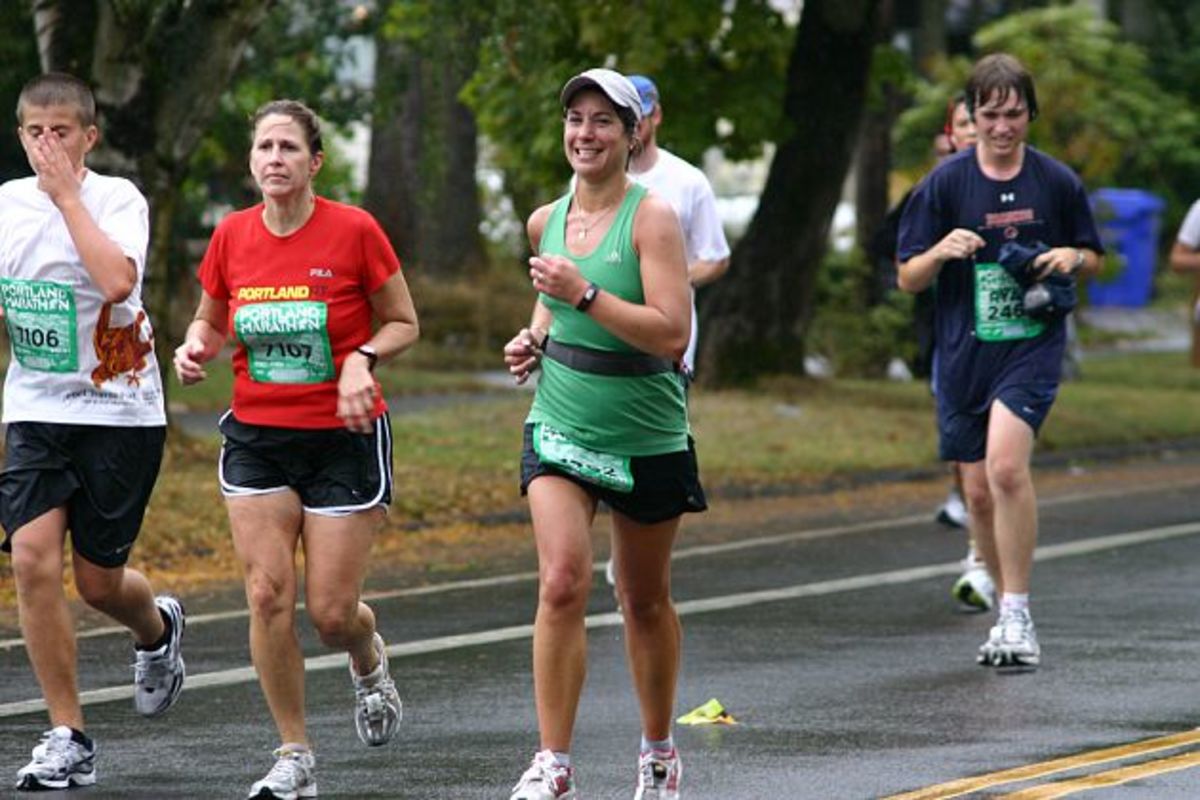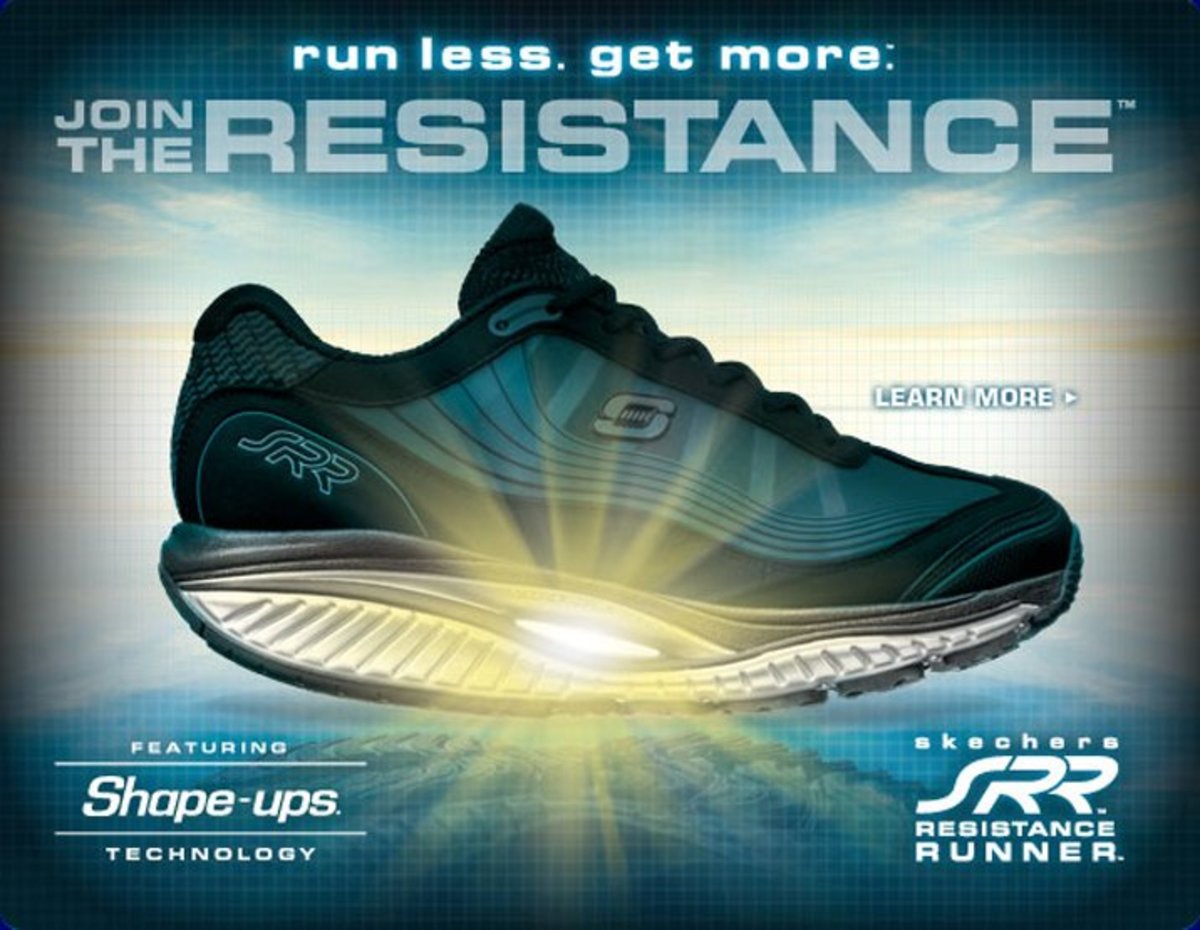Cross Training for Runners

While there is some debate amongst the running community as to the benefits of cross training, there is plenty of strong evidence to suggest that if done effectively, cross training can strengthen several areas in your running ability. I’ll explain the primary benefits to the two main cross training areas- swimming and biking. I’ll also briefly discuss why strength training with weights to improve your running may not be as beneficial as it’s touted to be.
Benefits and Possible Setbacks
Runners can benefit from cross training in the following ways:
- Increased aerobic and anaerobic capacity
- Increased lactate threshold
- Provides alternatives to running in crappy weather or other less-than-desirable conditions
- Develop new skills and perspective!!!
- You’ll be much more prepared for your first triathlon
Setbacks might include:
- Not having access to a pool
- Having to work heavily on swimming form
- Acquiring a bike
- Possible injury during bike riding
Disclaimer!
Training in swimming and biking will NOT drastically improve your running form or strengthen your running muscles. The mechanics for each activity are completely different (except for developing core strength.) Make sure to consult your physician as well before attempting either, especially if you are recovering from a running injury.
To Train or Not to Train
Decide if you are willing and able to cross train. It sounds silly, but if you have no access to a pool, and can’t ride a bike, you're in a bit of a pickle. You’ll have to get a little more creative with your runs, or break out some training wheels. There may be other obstacles in your way. For example, I was a poor swimmer when I started out and had to do a fair bit of improvement on my form before I was getting much benefit out of hitting the pool. If you struggle with good swimming form, there are great resources on Youtube to help you out. For me, the single most helpful thing I did was read Total Immersion By Terry Laughlin, which improved my swimming in just one session. Don’t let minor obstacles hold you back, after all, isn’t the challenge part of the reason you run in the first place?

Swimming
Swimming can be an incredible aid in your quest for greater aerobic and anaerobic capacity, as well as a welcome rest period for your lower half. That said, it could also be a grueling and painful experience without proper form. Building up slow and perfecting your stroke will give your aerobic capacity a boost as you learn to breathe and move more efficiently through the water. By having to learn to take long, controlled, breaths and strokes in the water, your body begins to use the oxygen you take in very efficiently. If this is done for about 30min or more you can begin expanding your aerobic tank, which will help propel you during those long runs. On the other hand, if you do short, intense intervals, you will start increasing your anaerobic tank which will be called upon often over those short distance runs and sprints. Keep in mind--swimming will develop swimming muscles; you won’t see any drastic change in your running legs, as the mechanics are completely different.
Biking
Biking can be a lot more labor intensive on your legs than swimming, but it certainly gives your knees a break as it is a low impact exercise. Much like swimming, biking can be used to develop a greater aerobic and anaerobic tank. Biking can also helps push your lactate threshold, making your body handle the metabolic waste created during exercise more efficiently. You use a lot more of your quads in biking which can give your calves and ankles a little break, just be wary of straining too hard and hurting yourself on the bike, as there is already an increased risk of injury with accidents and wipeouts.
Weight Training
Many people (myself included) hold the assumption that by using weights to strengthen your legs, you will perform better as a runner. Unfortunately, the disadvantages of weight training far outweigh the advantages when it comes to running longer distances. Weight training will not develop muscles in the manner in which they will be used during running. It will simply create more mass for you to carry around and fuel. If you need proof, watch a few videos of Kenyans running. They have very thin legs, especially from the knee down. Why? Because they don’t use them, so why should you bother building up your calves if they are just more dead weight? Now, if your doctor or physical therapist has recommended you strengthen certain areas by all means do it. Just realize that you could lift 3 times a week for months, and you won’t be any closer to running a marathon.






